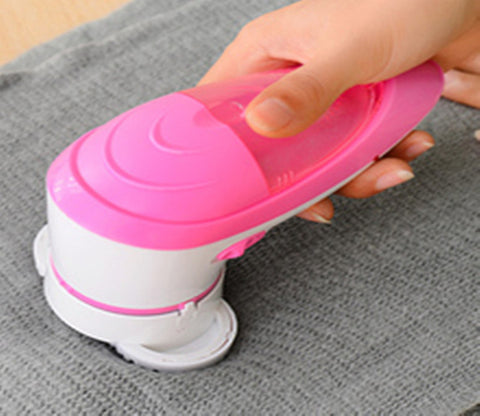SAVE UP TO 30% OFF
SAVE UP TO 30% OFF
Add description, images, menus and links to your mega menu
A column with no settings can be used as a spacer
Link to your collections, sales and even external links
Add up to five columns
Add description, images, menus and links to your mega menu
A column with no settings can be used as a spacer
Link to your collections, sales and even external links
Add up to five columns
How to Prevent and Remove Cashmere Pilling?
May 23, 2022 3 min read
Cashmere pilling is one kind of small fuzzballs we usually find on our cashmere scarves or sweaters. When you find cashmere pillings on sweaters, do not worry. In this article, we are going to discuss why cashmere pilling occurs and how to prevent and remove it.

Why does cashmere pilling happen?
Firstly, the structure of cashmere fiber is complex.
The cashmere fiber is composed of two layers. The scale layer has some sawtooth-shaped edges, with certain height and thickness, It looks like a barb. It is easy to cause fibers to collide and stick together in the wearing process, which results in pilling.
Secondly, the cashmere fiber's fineness, length and curls are unique.
Compared with Australian wool, cashmere has smaller fineness, shorter length, and fewer curls, so the fiber has less cohesion in the yarn and is easy to cause pilling.
Thirdly, cashmere fibers have poor electrical resistance and poor electrical conductivity.
When you wear clothes, the fibers rub against each other, causing charges to accumulate in the fibers and generate static electricity.
For example, when chemical fibers and cashmere are rubbed, fibers with different charges attract each other, which is easy to cause the fabric to fluff and pilled.
This is particularly serious when the weather is dry. Many fabrics will inevitably be pilled after rubbing. Cashmere pilling affects the appearance of the texture, but it does not cause any damage to the clothing itself.
How to prevent the pilling from cashmere?
1. The cashmere fiber is soft, it won't be stiff if worn close to the body. So wearing closely can avoid friction with other clothes to reduce the chance of pilling.
2. Try to match the clothes with smooth linings, such as down or other jackets. Please avoid to wear hard clothes such as denim. Special attention should also be paid to the objects to reduce friction in daily life, such as desk, handbag when wearing your cashmere garments externally.
3. Cashmere fibers are easy to fatigue, you should pay attention when putting on or off your garments. In this way, the cashmere fiber can be fully rested.
4. Take care of your cashmere garments when washing. After you wash a cashmere scarf, just let it on a flat surface and dry itself. Do not hang it to avoid the shape changes and pilling occurs. Increased washing times will also reduce the life of cashmere scarves, you should wash your cashmere according to your needs.
5. Please store your cashmere garments in hard box, seperately from other clothes. Your cashmere scarf or sweater is soft, if you mixed them with other clothes, the cashmere fiber will be destroyed and cashmere pillings happen.
How to remove the pillings from cashmere?

If you find some pills on your cashmere sweater, what to do next?
You can use these tools to remove it, such as cashmere combs, sweater shavers, or bristle brushes. After washing, lay your garment flat and brush across the surface to remove the pills.
You can also cut the pillings with scissors after cleaning the cashmere sweater (shaving with a razor or fader tool can easily cause secondary damage to the fiber). If you are afraid of improper handling, you can find a merchant to assist in handling.
Please remember you should not pull the pilling off by hand. It is not a good solution.
Under normal circumstances, the hairball will appear at the beginning, but after removing it once, it will not be produced again.
Does high quality cashmere pill?
Yes, no matter it is high quality or low quality cashmere, it will pill after a period of time. The difference is that, you will see pillings soon if you wear a low quality cashmere sweater.
All in all, from the cashmere fabric, the cashmere products with some pilling in normal is high quality cashmere. The pilling tells you if cashmere is real or not. You must keep your eyes open when buying it, do not be superstitious about the misunderstanding of "good cashmere, no ball".
About Dr.Muxue
Dr.Muxue is one new brand in cashmere scarf industry, all products are 100% cashmere, made in Inner Mongolia. We are willing to offer excellent cashmere products for you.
Mens
Subscribe
Sign up to get the latest on sales, new releases and more …

